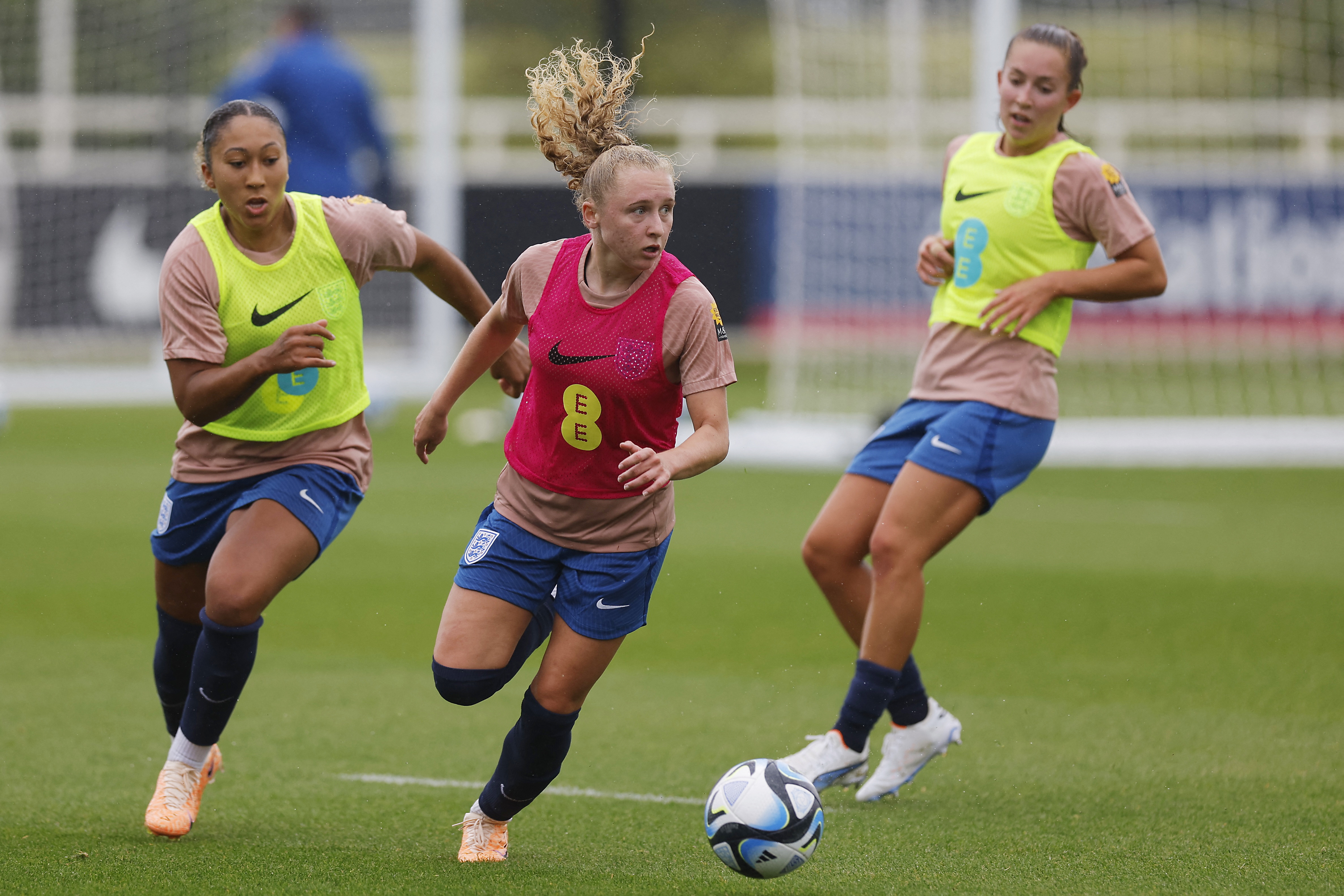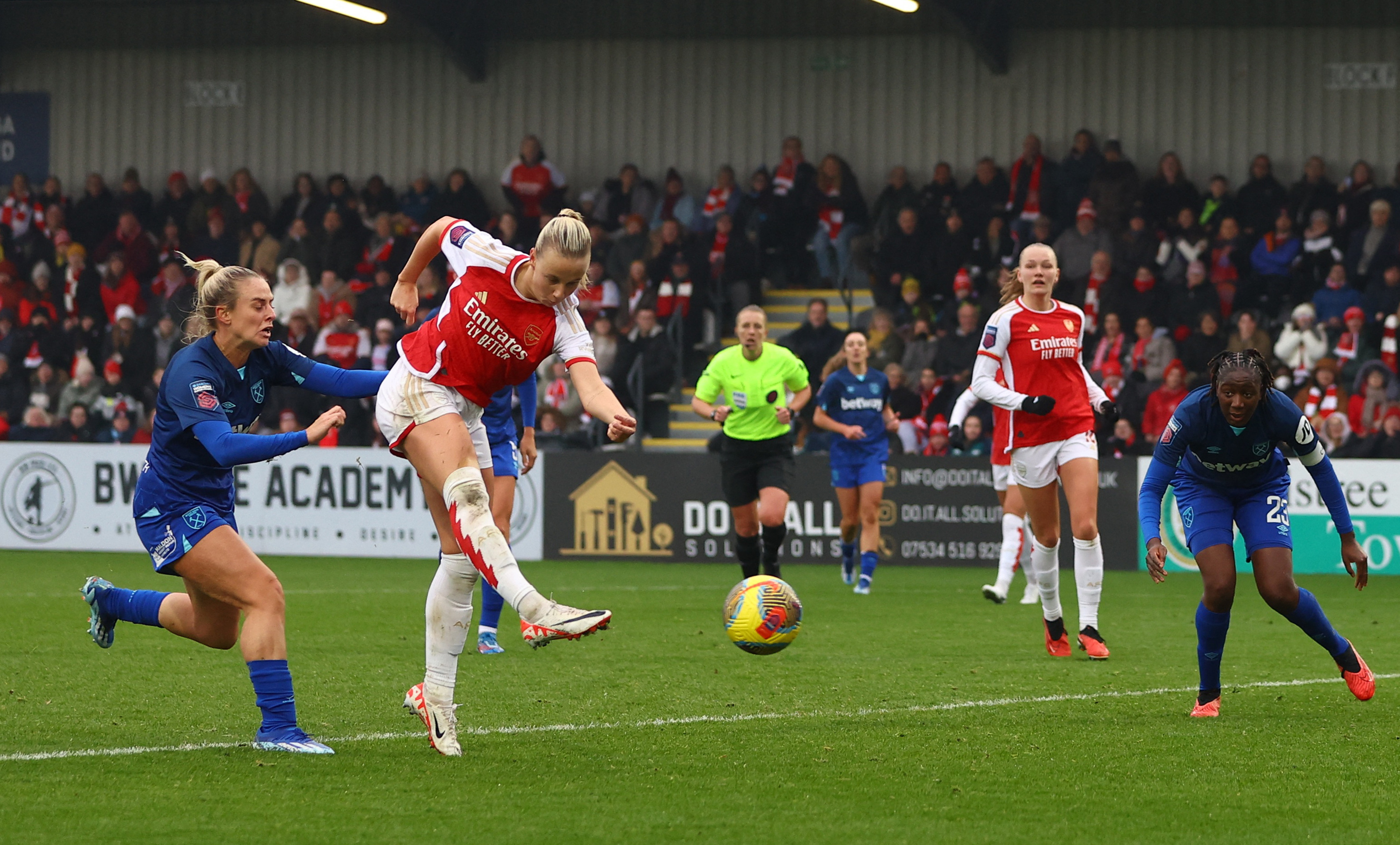You are viewing 1 of your 1 free articles
Heading in the right direction – understanding sports-related concussion in female athletes
Sports-related concussions (SRC) occur in most sports at all levels. However, female athletes experience more concussions and worse outcomes than their male counterparts, yet these gender differences are unknown in clinical practice. Tracy Ward explores the pathophysiology, implications, and management of SRC in female athletes.

Snowboard - Women’s SBD SS Final Run 3 - Genting Snow Park, Zhangjiakou, China - Murase Kokomo of Japan falls during her run. REUTERS/Lisi Niesner
Sports-related concussion (SRC) management is at the forefront of sports medicine discussions due to its extremely high incidence rate, symptom and implication variability, and treatment complexity. A concussion is a brain injury defined as “a complex of physiological processes affecting the brain, induced by traumatic biomechanical forces”(1). These forces can be direct (e.g., trauma to the head) or indirect (e.g., trauma to the body)(2).
The prevalence of concussions in the United States is 1.6-3.8 million cases per year(3). Females are 1.9 times more likely to sustain a concussion and experience more severe, prolonged symptoms and greater return to sport (RTS) times than their sports-equivalent male counterparts(4,5). Loss of consciousness only occurs in approximately 8-19% of SRC, and therefore less than half of concussions are reported to a medical professional(6,7). The under-reporting highlights the misconception of SRC severity and reveals a huge gap in data collection. Most research is on male athletes, and therefore, rehabilitation and prevention protocols lack female-specific considerations.
Concussion pathophysiology
A concussion occurs due to sudden direct trauma to the head or indirect trauma from the body to the head. This trauma causes acceleration, deceleration, or torsional forces through the brain. These forces cause structural damage or stretching to the brain tissue, leading to axon damage(7). The axon is a significant nerve fiber responsible for transmitting electrical signals between the neural cells, and damage to these structures may cause concussion symptoms(8). Interestingly, researchers at the University of Pennsylvania in the USA found that female cultures have thinner axons than males, potentially making them more vulnerable to damage(9).
Common concussion features(10)
- Rapid onset of short-lived neurological impairment that typically resolves spontaneously
- Acute signs reflect functional neurological disturbances rather than structural injuries
- Clinical symptoms that may or may not include the loss of consciousness
- Resolution of symptoms generally follows a sequential pattern
- A small percentage of individuals may experience prolonged post-concussive symptoms
- Normal neuro-imaging
Concussion signs and symptoms
The clinical presentation of SRC varies extensively, and clinicians can categorize symptoms of SRC into four areas, namely physical, cognitive, emotional, and sleep (see table 1)(7). However, the athlete does not need to present with symptoms from all categories, and the severity can range from very mild to very severe.
Table 1: The signs and symptoms of SRC(7).
| Physical | Cognitive | Emotional | Sleep |
|---|---|---|---|
| Headache | Slow reaction time | Irritability | Drowsiness |
| Loss of consciousness | Disorientation | Lability | Sleep disturbances |
| Dizziness | Lack of concentration | Depressed mood | |
| Visual disturbances | Amnesia | Anxiety | |
| Nausea/vomiting | |||
| Loss of balance |
As the athlete recovers, the brain returns to its normal physiological state; however, if they progress their recovery too quickly, this can increase stress and disturb the brain’s homeostasis, worsening symptoms again. Therefore, SRC recovery must be a graded and adaptable process.
Why females differ
Females experience more significant symptoms post-concussion than males, including worsening visual and verbal memory, poor postural stability, slower reaction times, and greater cognitive decline(5,11). These symptoms are also more prolonged, with durations of up to 6-8 months, giving more extended RTS times than males(12). This profound variation in SRC between males and females is due to several sex differences, including physical, physiological, hormonal, and behavioral factors(5).
Clinicians measure concussions by the frequency of exposure and the magnitude of the impact(13). Females have a lower biomechanical threshold to head impact, where the acceleration force to cause concussion is more than 50% lower than that in males(13). This lower threshold to withstand concussive forces may be due to reduced neck strength, with females approximately 47% weaker than men. The neck strength differences are due to shorter neck dimensions, less head mass, and narrower neck girth(5,8).
The menstrual cycle may affect female recovery from SRC, with women sustaining concussions in their luteal phase, where progesterone levels are higher, displaying worse symptoms post-concussion(14). Conversely, those on hormonal birth control experienced fewer symptoms(14). A possible explanation for the reduced symptoms may be that birth control restores hormonal balance during the luteal phase. Furthermore, researchers at the University of Pittsburgh Medical Center in the United States found that young women have an increased risk for multiple abnormal menstrual patterns after concussion compared with non-head orthopedic injuries(15).
Sports-related concussions can disturb the menstrual cycle by affecting brain regions that regulate progesterone and estrogen levels, affecting around 23% of female concussions(15). The menstrual cycle is an essential factor in women’s health. Therefore, clinicians should consider the impact of concussion on the effects of the hypothalamic-pituitary-ovarian axis (the interaction between the brain regions and the ovaries) when managing female athletes. In addition, reporting on SRC is higher in females and suggests a behavioral trait in that females are more likely to report symptoms of SRC.
Management
The management of SRC should begin immediately following a suspected or confirmed SRC diagnosis by a medical professional. The management consists of three stages:
- Symptom checklist
- Balance assessment
- Neuropsychological testing
A symptom checklist such as the Sports Concussion Assessment Tool (SCAT3) highlights symptoms and provides provisional details on prognosis(1). For example, athletes with four or more symptoms or a headache extending beyond 60 hours will experience a delayed return to play, while those with less than four symptoms, and a headache that resolves in less than 24 hours, will be fit to return much earlier(16).
Balance assessments are crucial post-SRC due to the functional nature of SRC (no deficit on neuroimaging suggests no structural impairment). The modified BESS is the current recommended protocol; however, athletes may display minor balance deviations that this does not detect. Therefore, as balance disturbances may resolve within 3-5 days post-injury, clinicians should regularly assess balance to ensure appropriate resolution before RTS(17).
Neuropsychological function often resolves after symptom resolution; therefore, further testing is imperative in flagging athletes not fully fit to RTS despite absent symptoms. The recommended test is the Immediate Post Concussion Assessment and Cognitive Testing (ImPACT)(18).
Return to Sport
Return to sport following SRC requires a delicate balance of progressing the athlete but not overworking them, as symptoms can return rapidly and cause secondary effects, and distort mental health. Therefore, athletes should rest both physically and mentally until they are asymptomatic and then proceed through a protocol of phased exposure to physical and cognitive stimulation. There should be a minimum of 24 hours between each stage, and athletes must return to the previous stage if they experience an aggravation of symptoms (see table 2)(7,19). Suppose symptoms are persistent for more than 10–14 days in adults or more than one month in children. In that case, the treating clinicians should refer the athlete to a healthcare professional who is an expert in concussion management(19).
Table 2: A summary of the return to play stages post-SRC(7,19).
| Stage | Aim | Activity | The goal of each step |
|---|---|---|---|
| 1 | Symptom-limited activity | Daily activities that do not provoke symptoms. | Gradual reintroduction of work/school activities. |
| 2. | Light aerobic exercise | Moderate-intensity aerobic training | Increase heart rate. |
| (Maximum heart rate should not exceed 70%). No heavy resistance training. | |||
| 3 | Sports-specific exercise | Low complexity of drills with minimal cognitive demands or concentration required. | Add movement. |
| No head impact activities. | |||
| 4 | Non-contact sports drills | Complex drills. May commence heavy resistance training. | Exercise, coordination, and increased cognitive load. |
| 5 | Return to Training | Full practice as per pre-SRC following medical clearance. May commence contact training. | Restore confidence and assess functional skills (multi-disciplinary skills assessment). |
| 6 | Return to Sport | Full return to play. |
Summary
Finally, tailoring this management protocol to the individual and acknowledging the differences female athletes face post-concussion and the consequences of longer recovery and worse symptoms could transform SRC protocols and recovery for female athletes.
Sports-related concussions are highly prevalent in sports, and most medical personnel and coaches will encounter them and need to understand how to recognize and manage SRC in athletes. Unfortunately, females are at greater risk of sustaining an SRC, experience worse symptoms post-concussion, and have a longer recovery than males. This may be due to several reasons, including sex differences in brain structure, hormones, neck physicality, behavior, and male-biased research and management strategies. Therefore, clinicians must consider these gender differences for safe rehabilitation and RTS guidance.
References
- Br J Sports Med. 2012; 47: 250-258.
- Br J Sports Med. 2021; 55: 1251-1261.
- J Head Trauma Rehabil. 2006; 20: 229-238.
- Am J Sports Med. 2018; 46: 2263-2269.
- Orthop J Sports Med. 2020; 8(7):DOI: 10.1177/2325967120932306
- Phys Med Rehabil Clin N Am. 2011; 22: 565-575.
- Strength and Cond J. 2013; 35(4): 72-80.
- 2021; 26, (596): 26-28.
- 2018; 300: 121-134.
- Br J Sports Med. 2012; 47: 250-258.
- Transl Stroke Res. 2013; 4(4): 420-424.
- Clin J Sports Med. 2007; 17: 369-372.
- 2007; 61(6): 1244-1253.
- Head Trauma Rehabil. 2014; 29: E1–E8.
- JAMA Pediatr. 2017; 171(9): 879-886.
- Sports Med. 2010; 38: 464-471.
- I J Med. 2017; 110(12):779-783.
- Am J Sports Med. 2010; 38:464-471.
- Br J Sports Med 2018;51:838–847
Newsletter Sign Up
Subscriber Testimonials
Dr. Alexandra Fandetti-Robin, Back & Body Chiropractic
Elspeth Cowell MSCh DpodM SRCh HCPC reg
William Hunter, Nuffield Health
Newsletter Sign Up
Coaches Testimonials
Dr. Alexandra Fandetti-Robin, Back & Body Chiropractic
Elspeth Cowell MSCh DpodM SRCh HCPC reg
William Hunter, Nuffield Health
Be at the leading edge of sports injury management
Our international team of qualified experts (see above) spend hours poring over scores of technical journals and medical papers that even the most interested professionals don't have time to read.
For 17 years, we've helped hard-working physiotherapists and sports professionals like you, overwhelmed by the vast amount of new research, bring science to their treatment. Sports Injury Bulletin is the ideal resource for practitioners too busy to cull through all the monthly journals to find meaningful and applicable studies.
*includes 3 coaching manuals
Get Inspired
All the latest techniques and approaches
Sports Injury Bulletin brings together a worldwide panel of experts – including physiotherapists, doctors, researchers and sports scientists. Together we deliver everything you need to help your clients avoid – or recover as quickly as possible from – injuries.
We strip away the scientific jargon and deliver you easy-to-follow training exercises, nutrition tips, psychological strategies and recovery programmes and exercises in plain English.










